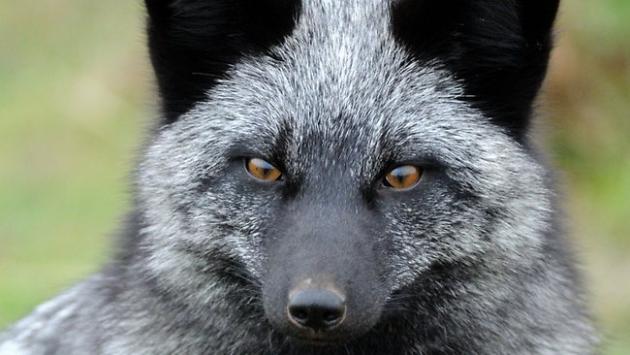Genetic Experiment Involving Silver Foxes Could Reveal What Makes A Face "Beautiful"
2013.11.15

Science has long attempted to break the code on what makes a person "physically attractive." While the current claim is that facial symmetry plays a role in judgments of beauty, one researcher believes that a breeding experiment which allowed the shapes of faces to be followed across the generations may enable us understand more on what might be desirable in a mate.
Obviously, no person today would be willing to participate in such an experiment. And that is why Irene Elia, a biological anthropologist at Cambridge, has decided to set her sights on a five decade experiment done by Russian geneticist Dmitry Belyaev.
Dmitry's experiment involved breeding wild silver foxes to make them tamer and easier for fur farmers to handle. During the process, the animals' coats developed patches of colour; their ears became floppy; their skulls became rounded and foreshortened; their faces flattened; their noses got stubbier; and their jaws shortened, thus crowding their teeth. This link appears to be hormonal, meaning that hormones which regulate behaviour could also regulate some aspects of facial development.
When applied to Homo sapiens, this would mean that humans evolved "attractive" faces because they had become something which was considered as desirable by potential mates and offspring. Obviously, plenty of research still needs to be done before we can consider this experiment as plausible. For more on this fascinating study, click here
More Articles
Copyright © Fooyoh.com All rights reserved.